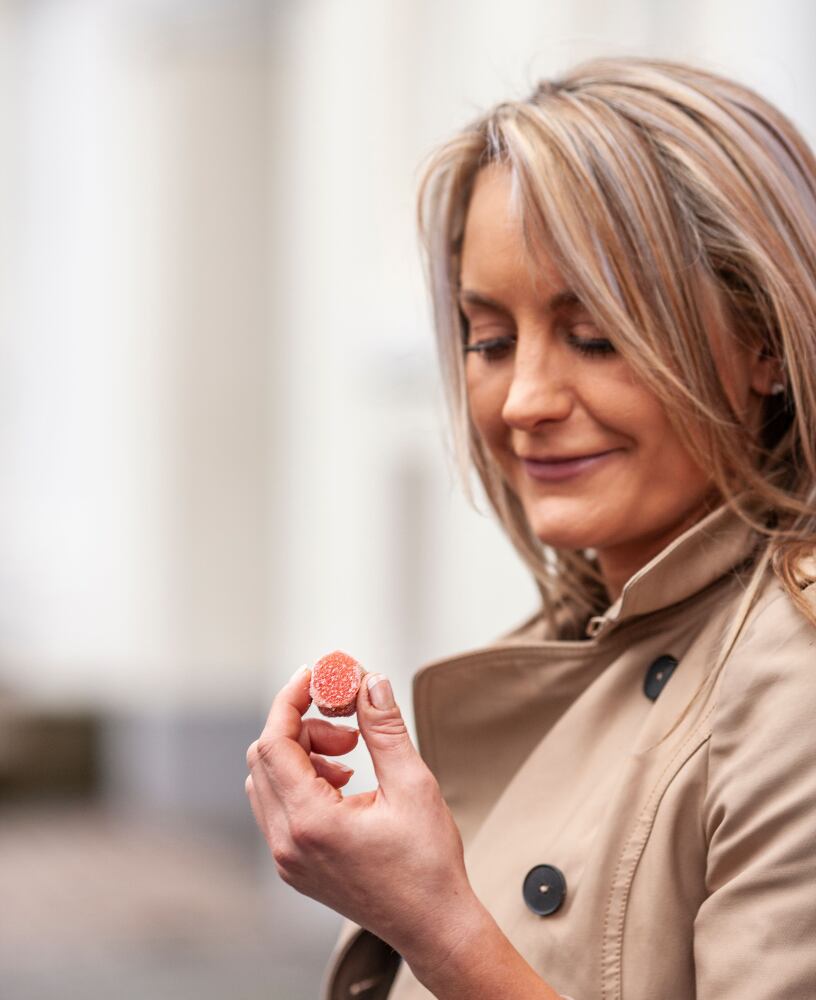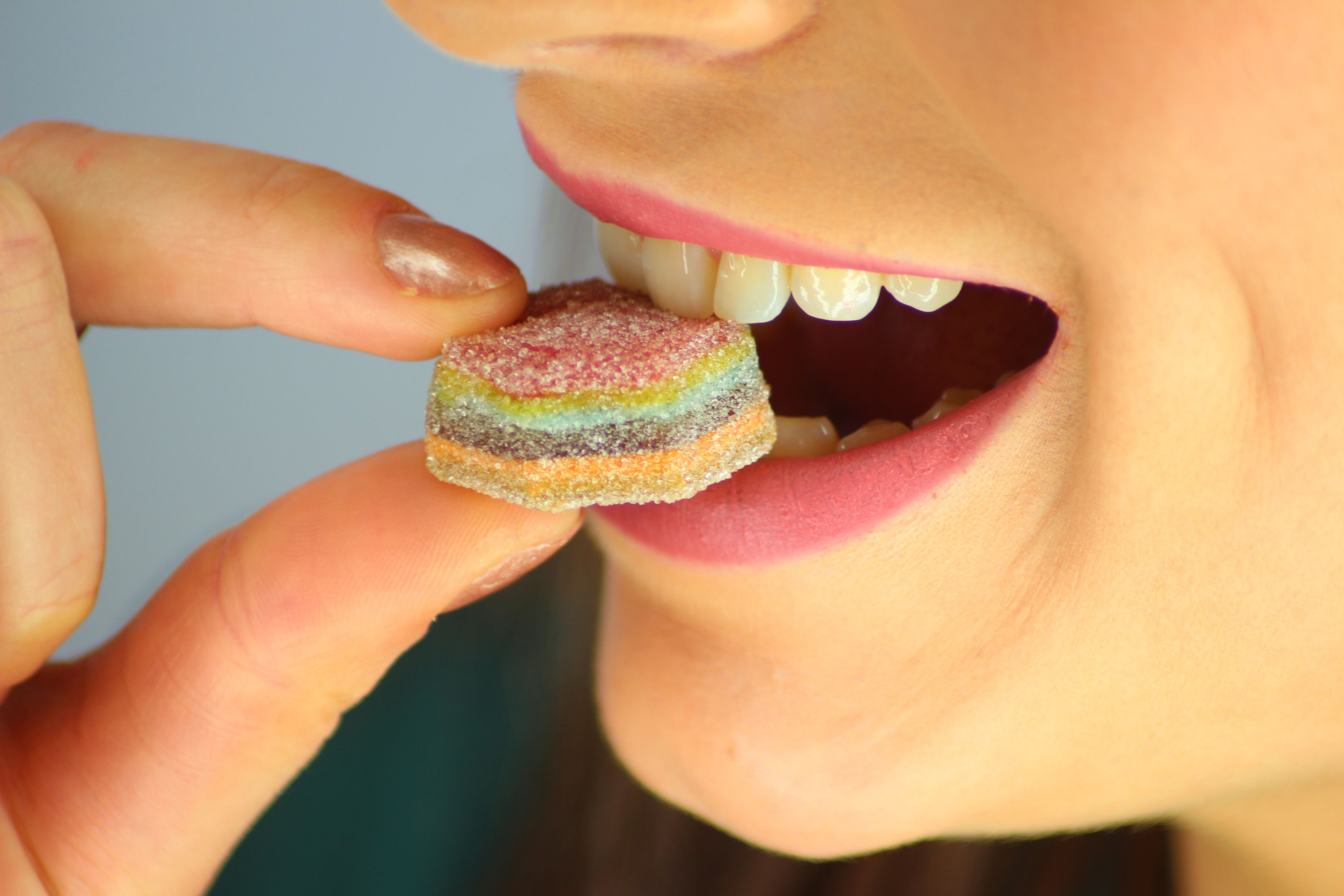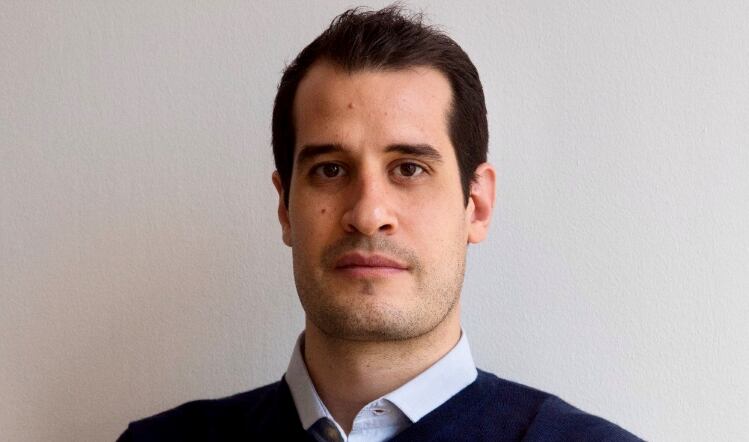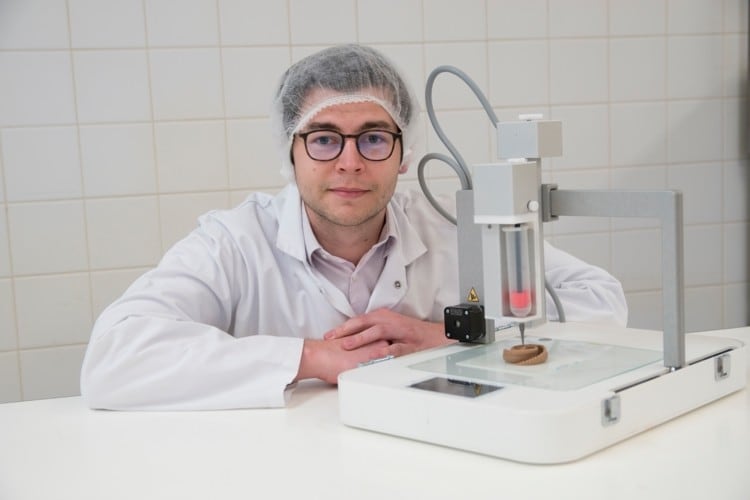While the idea of 3D printed food might still seem in the realms of a sci-fi novel, the technology is very much present and already being deployed by, in particular, baking industry professionals for cake or pastry decoration.
At present, the technology is limited and relatively expensive, with the lowest cost of a 3D printer being around $1,000 (£784). Using extrusion, current 3D printers can only handle paste or puree ingredients, such as chocolate, cream or batter. However, the technology is beginning to gain traction, with users understanding how it can help to meet changing demands from consumers.
One firm identifying a use for the technology in a significant way is Nourish3d, which has developed a system to make personalised nutrition stacks, customised to the user’s requirements.
Company founder and chief executive Melissa Snover says its patented 3D printing system combines seven different high-quality active ingredients to build nutrition pods, designed to give the user their daily vitamin and nutrient needs, dependent on individual lifestyle and goals.
A vegan encapsulation formula enables Nourish3d to combine the ingredients in one stack without them interfering with each other. In addition, because the active ingredients are enrobed in a macro (pectin), the pod is treated like any other food by the body and the activation of the full digestive process means absorption rates can be as much as 70% higher than isolates, Snover claims. In short, the combination blends customisation, convenience and new technology all in one hit.
Easier nutrition
“I have always had an avid interest in nutrition and take multiple vitamins and supplements daily, but always found it time-consuming, expensive and inconvenient,” she says. “I created Nourish3d because I wanted to make it easier for people to get the nutrition they specifically need for their individual lifestyle and goals in a convenient, sustainable and enjoyable way.”
So how does it work? Consumers are invited to complete a consultation questionnaire on the firm’s website, which then makes a recommendation on the seven nourishments best suited to them.
“This is done by our unique algorithmic decision-maker and will eventually also have the ability to link in a person’s DNA tests,” says Snover. “Alternatively, if the customer already knows what they want to take, they can simply select their preferred active ingredients and create their own custom stack in a matter of minutes.”
The company will also offer seven different ‘pre-blends’, such as High Flyer, developed for busy professionals who constantly travel or work long hours, or Stacked & Packed to help the performance and recovery of people who have intense fitness regimes. In addition, it is working on “some exciting collaborations with influencers, corporates and charities” to create more special blends of Nourish3d, she reveals.
Not a meal replacer
The nutrition pods are not intended to replace meals. Rather, says Snover, Nourish3d aims to enable people to get a faster track towards optimising their health and achieving their goals. “This could be anything from memory and brain activity, fitness recovery to immune system boosting, for example.”
However, she can visualise a future where additive manufacturing will increasingly be used to adapt or enhance the nutritional value of certain foods. “One day, you might be able to 3D-print French fries that are made of protein, fortifying them with different active ingredients to suit individual preferences and needs, but this is a long way off.”
In the shorter term, she says, there are lots of ways 3D printing can help to accelerate change in the industry. “For example, we are also working on a project for dementia patients, creating a 3D printed candy with a high water content to help with dehydration.”
Low wastage
The combination of the 3D printing alongside a simplified, wholly controlled production and supply chain also means there is extremely low wastage in production. “We only make what we need when we need it and don’t have a long distribution model, so no products go out of date or are wasted, which is better for the consumer’s purchase price and the environment.”
Speaking of the price, Snover feels the monthly supply of Nourish3d at £39.99 (if paid monthly) or around £30 (if paid annually) “represents incredible value”. “If the consumer were to purchase the same high-quality active ingredients from different suppliers each month, you could pay as much as three times more.”
At the end of the summer, the company will launch its Beta test into the UK and will have a 3D printing farm at its production facility in Birmingham, where it will be able to make around 30,000 orders a month. This will be followed by a launch into the US next year and, from there, the company plans to extend into the UAE and Europe.
Nourish3d is now closing its seed round of investment, which has been ongoing for around three months. “We have been overwhelmed with the response from potential investors and flattered by the level of interest in the business and vision,” says Snover.
“We will be seeking a Series A round of investment at the beginning of next year to enable us to scale up production and launch in the US. As the Series A will be a larger funding amount, it’s likely this will come primarily from venture capitalists, many of which we have already started relationships with. I expect funding will come from all over the world, as it has in our seed round.”
The business is easily scalable, she adds. “As we manufacture everything, from the machines to the final products on-site, the business is hugely scalable and benefits from a total optimised top to bottom supply chain,” says Snover. “It allows us to adapt quickly to market trends and consumer demands.
“If a new active ingredient with amazing benefits is discovered, we can incorporate it into our offering and be supplying it to customers in a matter of days [compared to] traditional NPD cycles, which can be between 12 and 24 months. It has the potential to be extremely proactive and will allow us to create products customers really want, when they want them.”
Founding principles

Nourish3d founder Melissa Snover, who has been an entrepreneur since she was 23, says she has always been “passionate about creating innovative solutions that make a positive impact on people’s lives”.
In 2010, she created “the world’s first vegan, natural and allergen-free gummy range”, called Goody Good Stuff, which she later sold to Cloetta.
Then, in 2015, she went on to develop the Magic Candy Factory, the world’s first 3D printer for confectionery, which she says allows the consumer to be “their very own Willy Wonka”. The skills and expertise learned from these ventures inspired her to found Nourish3d.




